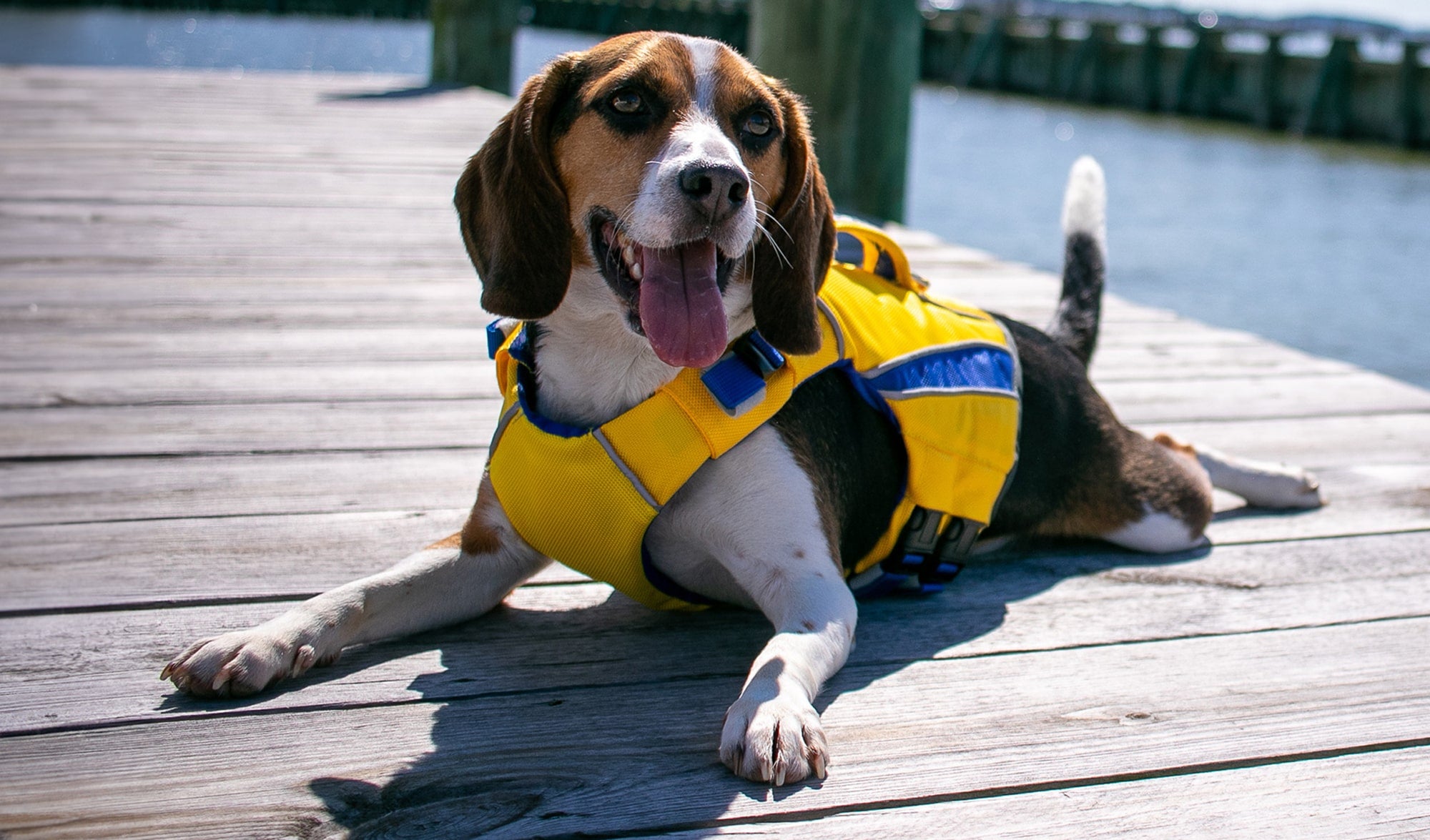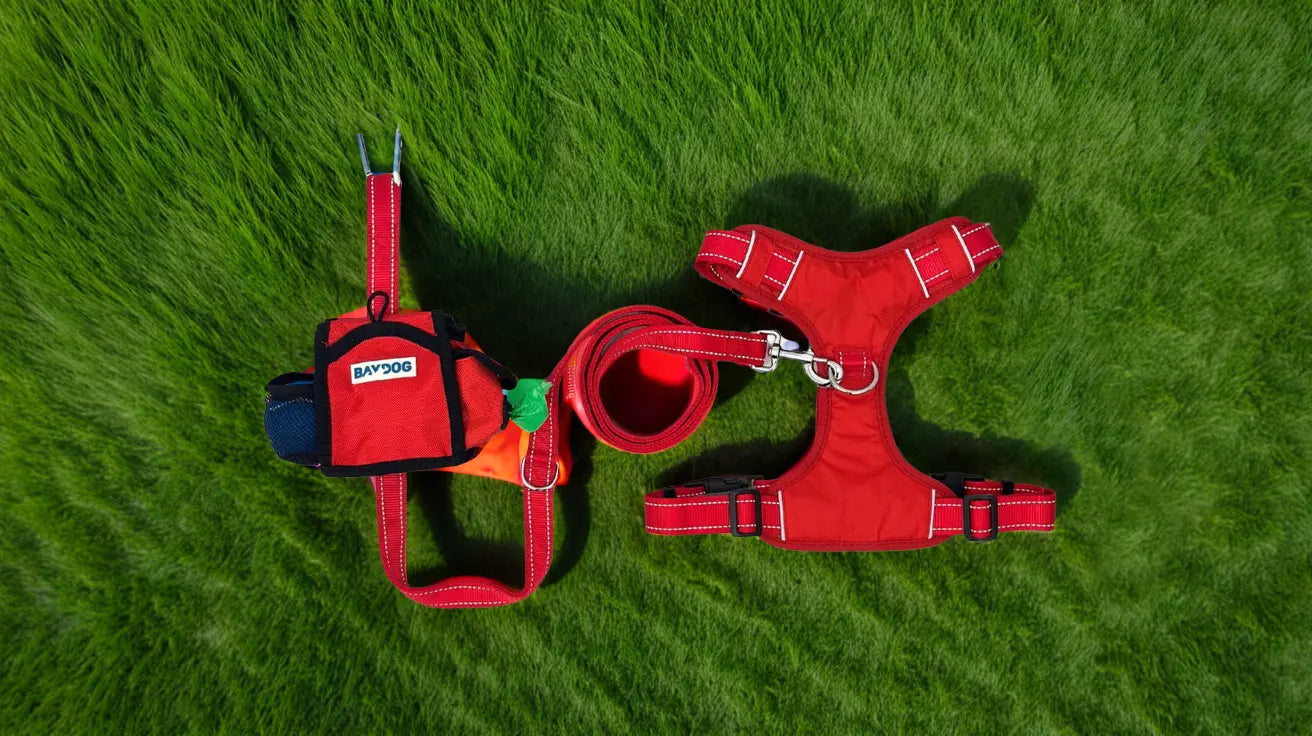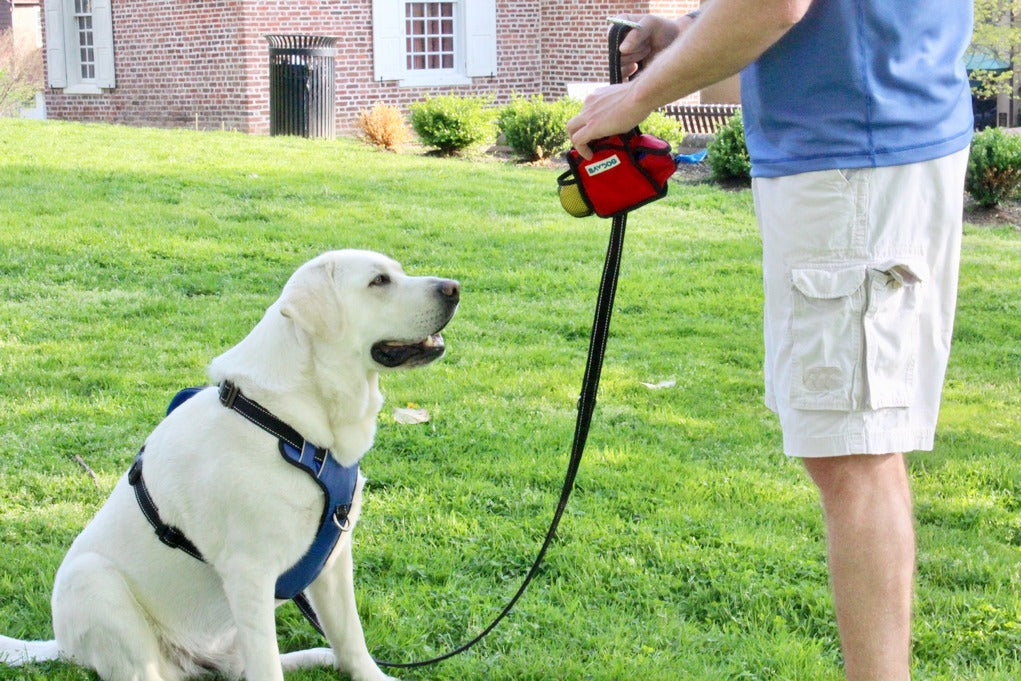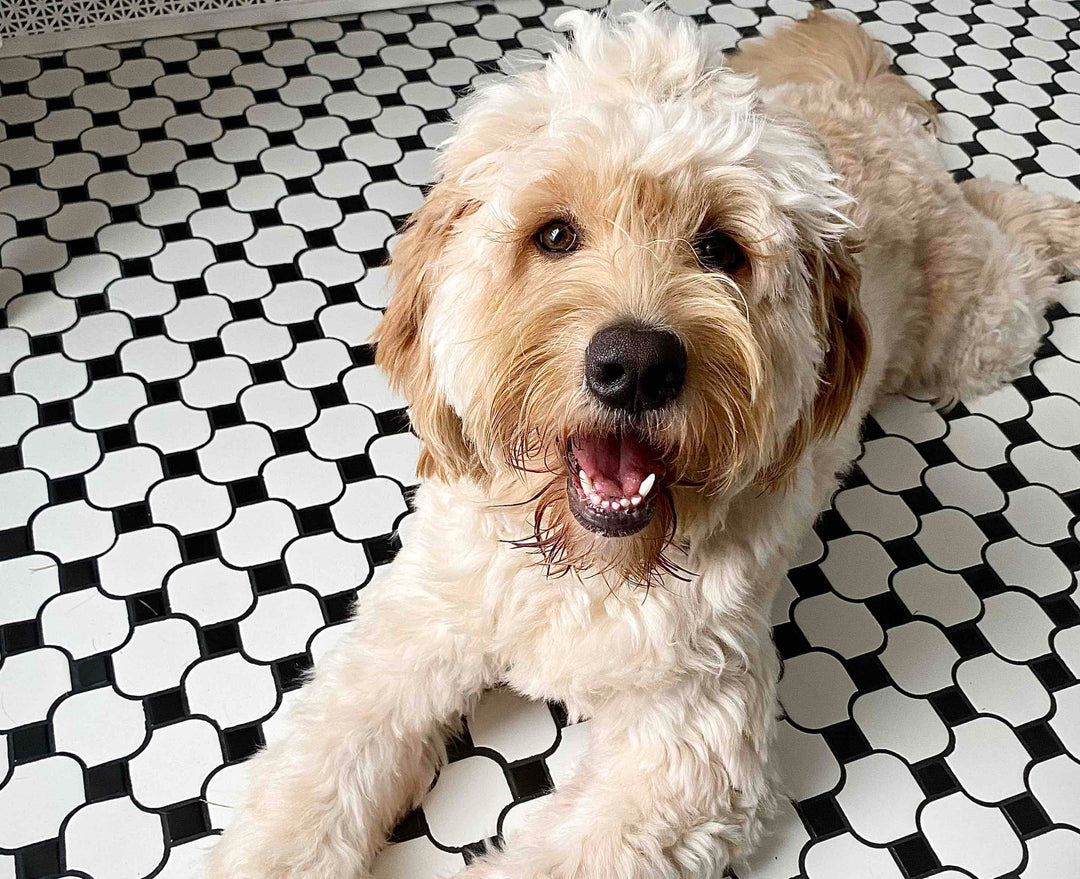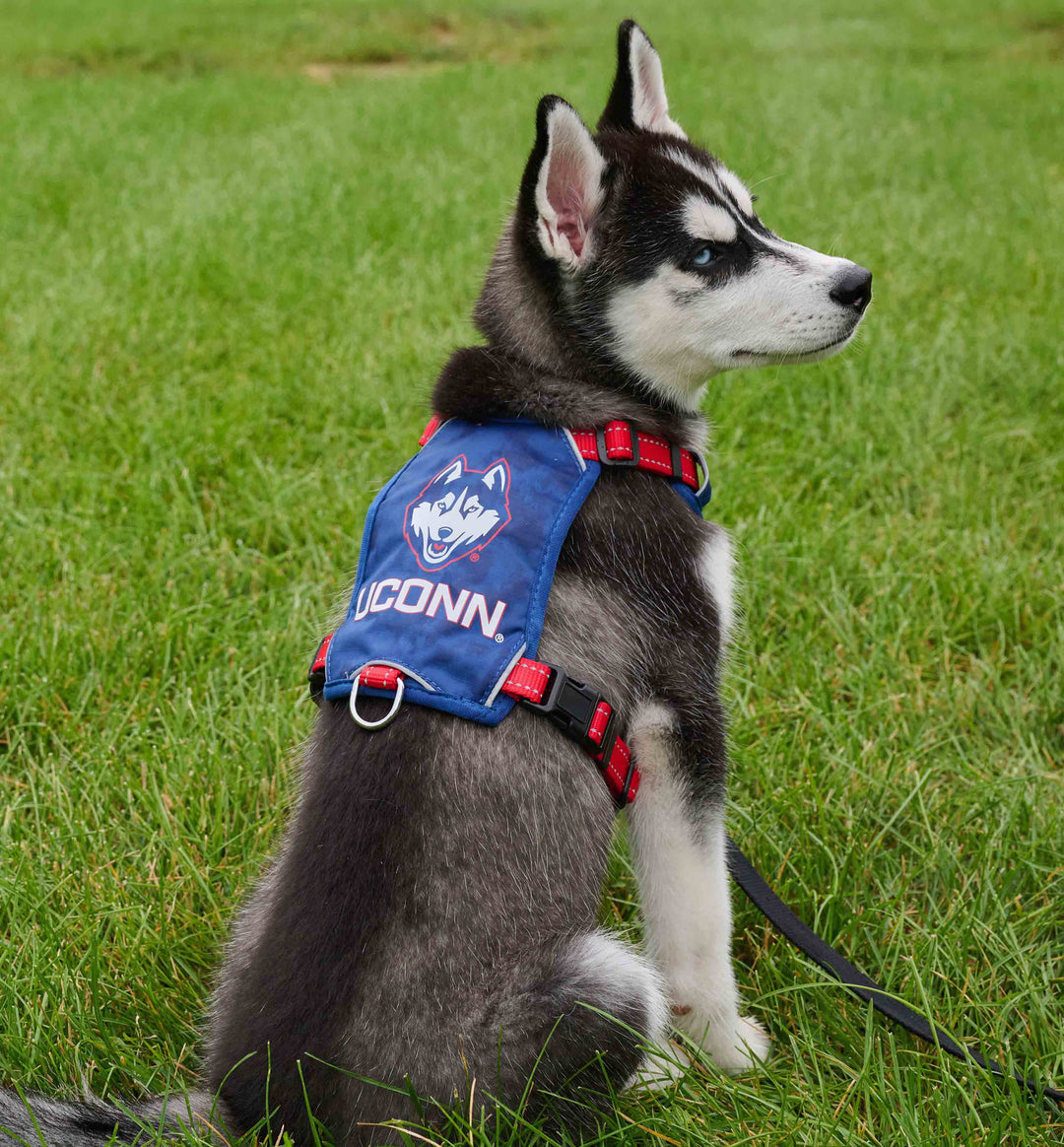Whistling was one of the earliest ways man could beckon his beloved pet dog. As a matter of fact, long before the silent whistle was invented by Sir Francis Galton in 1876, man had already been using a variety of whistles to communicate with their pet hounds. Many didn’t require any specialty tools to whistle; just plain old pursed-lip whistling. Today, however, learning how to train your dog with a whistle is a bit more complicated.
You should be familiar with the intricacies of using a whistle to communicate with your pet, especially when you want him to come to you or perhaps even perform a certain action that you want him to do. Here are some steps to follow when learning how to train your dog with a whistle effectively:
 Bring your pooch to an area where there are no distractions when you are learning how to train your dog with a whistle. This is basically to make sure that your dog is able to distinguish the sound created by your whistle. From your list of verbal commands that your dog already knows, pick one that is easier to remember. Also, it is best to have nutritious high-quality treats in your pocket as you teach your dog to respond to your whistle.
Let us say you decided to train your dog to ‘sit’ every time you blow the whistle with a single short blast. To do this, blow into the whistle using the cue you want your pet to learn. Immediately give the verbal command ‘sit’ once you have given the short blast. Your dog should be able to respond accordingly since he was able to hear your verbal command. When he sits, reward your dog with a treat or shower him with lots of praise.
Now, try to increase the length of time between giving the whistle cue and the verbal command. For example, you can wait 3 seconds after blowing the whistle before giving the verbal command of ‘sit’. Again, your dog will respond to the verbal command. Give him praise or a delicious treat.
Over time, gradually increase the gap between the whistle cue and the verbal command until such time that you can stop giving the verbal cue. You can actually test your pooch by blowing a short blast, and if your dog sits, then you’ve done a good job. Once your dog has consistently responded to your ultrasonic cue without uttering its verbal equivalent, you can start training your pet on the next whistle cue on your list.
Bring your pooch to an area where there are no distractions when you are learning how to train your dog with a whistle. This is basically to make sure that your dog is able to distinguish the sound created by your whistle. From your list of verbal commands that your dog already knows, pick one that is easier to remember. Also, it is best to have nutritious high-quality treats in your pocket as you teach your dog to respond to your whistle.
Let us say you decided to train your dog to ‘sit’ every time you blow the whistle with a single short blast. To do this, blow into the whistle using the cue you want your pet to learn. Immediately give the verbal command ‘sit’ once you have given the short blast. Your dog should be able to respond accordingly since he was able to hear your verbal command. When he sits, reward your dog with a treat or shower him with lots of praise.
Now, try to increase the length of time between giving the whistle cue and the verbal command. For example, you can wait 3 seconds after blowing the whistle before giving the verbal command of ‘sit’. Again, your dog will respond to the verbal command. Give him praise or a delicious treat.
Over time, gradually increase the gap between the whistle cue and the verbal command until such time that you can stop giving the verbal cue. You can actually test your pooch by blowing a short blast, and if your dog sits, then you’ve done a good job. Once your dog has consistently responded to your ultrasonic cue without uttering its verbal equivalent, you can start training your pet on the next whistle cue on your list.
1. Decide on the whistle cues that you are going to use when learning how to train your dog with a whistle
This is one of the most important steps that you need to do before you even start blowing into your Galton’s whistle. The thing is that you need to train your dog one whistle command at a time to help avoid getting him confused. For example, if you want him to learn to associate a single blow of your whistle to the command ‘sit’, then you have to focus on using this whistle cue alone until such time that your pet can clearly respond to such ultrasonic cues. That being said, it is imperative that you choose cues that your dog has already been trained to obey when given verbally. For instance, if your pet already knows what to do whenever you give the verbal command ‘sit’, then you can proceed to teaching him the whistle equivalent of the command. So, you may decide to give one short blow for the command ‘sit’, one long blow for the command ‘stop’, or even 3 short blasts for the command ‘come here’. You’ll need to list all of the different verbal commands that your dog has been successfully trained to obey. Now, if your dog hasn’t mastered any of these yet, then training him with a whistle may take some extra time.2. Replace verbal commands with the whistle cues
 Bring your pooch to an area where there are no distractions when you are learning how to train your dog with a whistle. This is basically to make sure that your dog is able to distinguish the sound created by your whistle. From your list of verbal commands that your dog already knows, pick one that is easier to remember. Also, it is best to have nutritious high-quality treats in your pocket as you teach your dog to respond to your whistle.
Let us say you decided to train your dog to ‘sit’ every time you blow the whistle with a single short blast. To do this, blow into the whistle using the cue you want your pet to learn. Immediately give the verbal command ‘sit’ once you have given the short blast. Your dog should be able to respond accordingly since he was able to hear your verbal command. When he sits, reward your dog with a treat or shower him with lots of praise.
Now, try to increase the length of time between giving the whistle cue and the verbal command. For example, you can wait 3 seconds after blowing the whistle before giving the verbal command of ‘sit’. Again, your dog will respond to the verbal command. Give him praise or a delicious treat.
Over time, gradually increase the gap between the whistle cue and the verbal command until such time that you can stop giving the verbal cue. You can actually test your pooch by blowing a short blast, and if your dog sits, then you’ve done a good job. Once your dog has consistently responded to your ultrasonic cue without uttering its verbal equivalent, you can start training your pet on the next whistle cue on your list.
Bring your pooch to an area where there are no distractions when you are learning how to train your dog with a whistle. This is basically to make sure that your dog is able to distinguish the sound created by your whistle. From your list of verbal commands that your dog already knows, pick one that is easier to remember. Also, it is best to have nutritious high-quality treats in your pocket as you teach your dog to respond to your whistle.
Let us say you decided to train your dog to ‘sit’ every time you blow the whistle with a single short blast. To do this, blow into the whistle using the cue you want your pet to learn. Immediately give the verbal command ‘sit’ once you have given the short blast. Your dog should be able to respond accordingly since he was able to hear your verbal command. When he sits, reward your dog with a treat or shower him with lots of praise.
Now, try to increase the length of time between giving the whistle cue and the verbal command. For example, you can wait 3 seconds after blowing the whistle before giving the verbal command of ‘sit’. Again, your dog will respond to the verbal command. Give him praise or a delicious treat.
Over time, gradually increase the gap between the whistle cue and the verbal command until such time that you can stop giving the verbal cue. You can actually test your pooch by blowing a short blast, and if your dog sits, then you’ve done a good job. Once your dog has consistently responded to your ultrasonic cue without uttering its verbal equivalent, you can start training your pet on the next whistle cue on your list.








